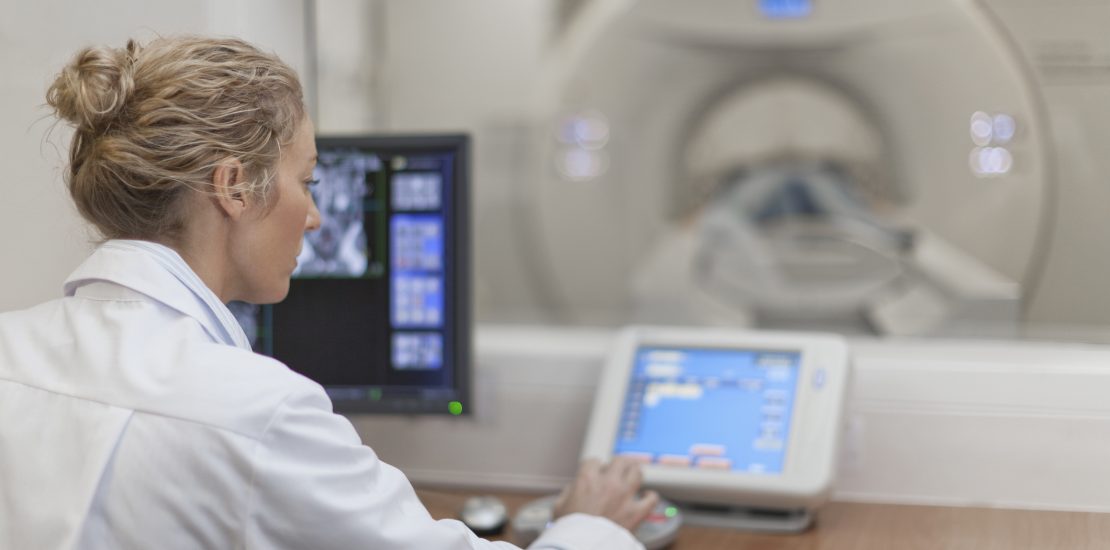- February 6, 2020
- Posted by: Covelo Group
- Category: Clinical Careers

Radiologic technologists (also known as X-ray technicians) make up the third-largest group of professionals in today’s healthcare industry. What’s more, radiology jobs are expected to show faster-than-average growth over the next decade.
This expansion creates an increasing demand for qualified, well-trained radiologic techs. In fact, there is such a shortage of skilled professionals in radiology, that some report feeling burned out from being stretched too thin.
At Covelo Group, we see firsthand that the number of radiology jobs available outweighs the quantity of licensed applicants to fill them. This disparity presents a unique opportunity for newcomers to the healthcare industry, hoping for a foot in the door at some of the country’s top hospitals. And, with an average annual salary of more than $61,000 per year, radiologic technology is an excellent long-term career path.
What is a Radiologic Technologist?
Radiologic techs are the allied health professionals who perform diagnostic imaging exams of patients for radiologists and other physicians. Radiologists are doctors with the training to read those images and diagnose health conditions.
Depending on training and specialty, a radiologic tech might use X-ray, MRI, CT, or ultrasound technology in their diagnostic imaging. These images are essential to allow doctors to identify a variety of serious health conditions, including bone fractures, gallstones, and even cancer. In this way, the two professions work as a team to diagnose disease, treat injuries, and in some cases, save lives.
Education, Certification and Licensure
The first step in becoming certified is to find a school offering degrees in radiologic technology. Many radiology jobs require an associate’s degree, which can typically be earned in two years or less. In any given radiologic technology program, you’re likely to study anatomy, pathology, medical ethics, patient care, radiation physics and protection, and image evaluation.
Be sure to search for an accredited program that provides students with the opportunity to experience rotations in approved medical facilities prior to graduation. To search for radiologic technology schools in your area, try this online tool from the American Registry of Radiologic Technologists (AART).
Once you’ve earned your degree, you’ll need to sit for the AART certification exam. While licensure requirements vary by state, passing this exam will help determine your ability to obtain a state license to practice radiologic technology.
Radiology Job Opportunities
Radiologic technologists can work in a variety of health care environments, including the surgery, trauma, and pediatric departments of any hospital. Many physicians’ offices employ in-house radiologic techs for routine scans such as mammograms. There are also ample radiology jobs at urgent care clinics and freestanding diagnostic imaging centers.
One of the perks of having a radiology job is that your skills will transfer to healthcare facilities in nearly any city to which you may relocate in the future.
Covelo has Connections
Covelo is proud to have placed hundreds of healthcare workers at some of America’s top hospitals and medical facilities. UCSF Medical Center, Stanford Medical Center, and UC Davis Medical Center are just a few of Covelo’s prestigious hospital partners. Every day they look to us to connect them with the most qualified allied health professionals available.
Let Covelo connect you with your next employment opportunity. To view a list of our current radiology job openings, visit CoveloGroup.com/jobs.
